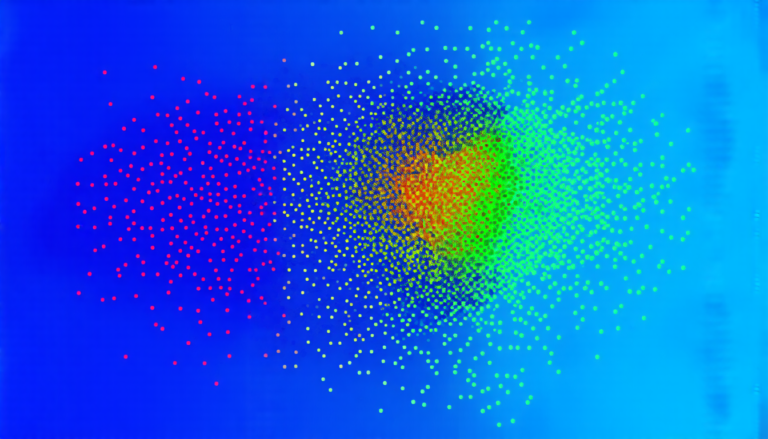Sunday 16 March 2025
The quest for realistic synthetic data has long been a holy grail for researchers in various fields, from medicine to finance. But generating such data that accurately captures the complexities and nuances of real-world phenomena has proven to be a daunting task. A new study aims to bridge this gap by developing a novel approach that can generate synthetic tabular data that’s eerily similar to the real thing.
The researchers’ solution lies in the use of a sequential generation framework, which involves generating baseline variables using a R-vine copula model and then applying simple random treatment allocation to mimic the real-world setting. This is followed by regression models for variables post-treatment allocation, such as the trial outcome. The resulting synthetic data not only preserves the underlying multivariate distribution but also captures important features of the real data.
To put this approach to the test, the researchers applied it to a dataset from a randomized controlled trial (RCT) investigating the treatment of Human Immunodeficiency Virus (HIV). They generated five separate datasets using their method and compared them to the original real data. The results were striking: the synthetic data showed remarkable similarity to the real data in terms of univariate and bivariate distributions, as well as multivariate relationships.
But what about performance? To gauge this, the researchers trained two machine learning models – an XGBoost classifier and a k-nearest neighbors (KNN) classifier – on both the real and synthetic datasets. The results were astonishing: the metrics for precision, recall, and F-1 score were incredibly close between the two models, with some even showing no significant difference.
The implications of this study are far-reaching. Synthetic data has numerous applications in fields where collecting or using real data is impractical, expensive, or unethical. For instance, it can be used to simulate clinical trials, test new treatments, or develop predictive models for complex systems. With the ability to generate realistic synthetic data, researchers can now explore these scenarios with confidence.
One of the key takeaways from this study is that the quality of synthetic data ultimately depends on the quality of the underlying model. By using a sequential generation framework and carefully selecting variables, researchers can create synthetic data that’s remarkably close to the real thing. This approach offers a promising solution for generating realistic synthetic data that can be used in a wide range of applications.
As researchers continue to push the boundaries of what’s possible with synthetic data, this study serves as a testament to the power of innovative thinking and rigorous methodology.
Cite this article: “Realistic Synthetic Data Generation: A Novel Approach”, The Science Archive, 2025.
Synthetic Data, Realistic Data, Machine Learning, R-Vine Copula Model, Randomized Controlled Trial, Hiv Treatment, Xgboost Classifier, K-Nearest Neighbors, Sequential Generation Framework, Regression Models.







